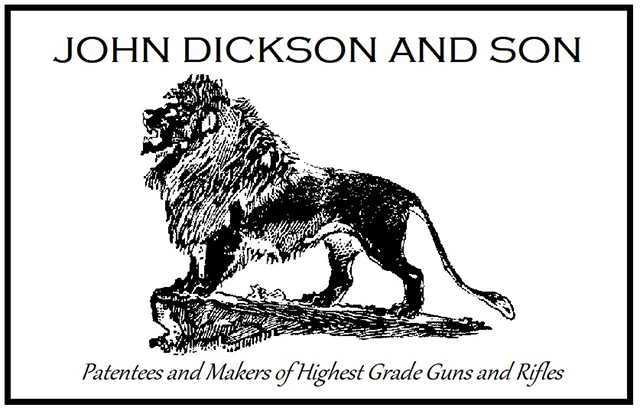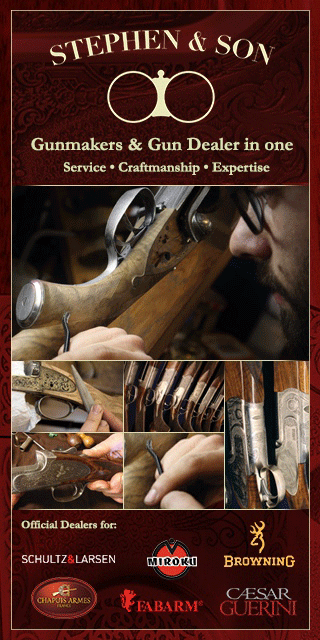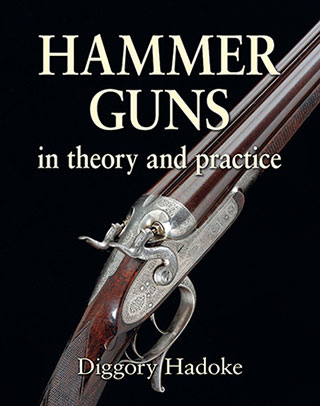Debates about the efficacy of different cartridges and the effect they have on the success, or otherwise, of one’s shooting are as common today as they were a century ago.
Some sportsmen are convinced that without their chosen cartridge they will experience utter failure, with birds flying untouched through ineffective shot patters, any shot size other than their preferred one, bouncing off a pheasant’s feathers like cannon balls off an iron-clad.
One modern obsession beloved of every cartridge manufacturer’s marketing department is velocity. Game loads exceeding 1,500 fps are now commonly advertised and the shooting public is willingly sucked in to a race to get the fastest cartridge.

The logic goes that if 1,150 fps is good, then 1,250 fps must be better and there appears to be no upper limit.
Americans were once ridiculed for ‘magnumitis’, following the same flawed logic, and loading up 36g shells for early partridge days. Interestingly, many of those American sportsmen, now interested in classic British guns, have realised the folly of this thinking but have moved to the opposite extreme; believing that any cartridge producing more than 7,000 psi will destroy their guns, when proof testing shows clearly that 10,000 psi is perfectly safe and sensible to use.
What these Americans get right is the correlation between the quest for more pressure and higher velocity loads and the increased felt recoil and stress on the gun, which is the unwanted penalty for following it.
very fast muzzle velocity does not equate to the same increased performance at range
A quick point of fact to illustrate this: to increase the effective range of a 12-bore, firing 1oz of No.6 shot through a Half choke gun, by three yards, by increasing the velocity, an eleven percent increase in recoil is the penalty. Eleven percent more recoil for three more yards range does not seem a good deal.
Now, let us look at what a pellet is doing at actual game ranges, for they are where it matters.
A No.6 shot, fired from a cartridge at a muzzle velocity of 1,270 fps will be travelling at 1,050 fps at twenty yards. At fifty yards it is reduced to 518 fps.
A No.4 shot fired at the lower velocity, of 1,050 fps at the muzzle is doing 950 fps at twenty yards but at fifty yards it is doing 521 fps, therefore exceeding the speed of the No.6 shot that started at the muzzle 220 fps faster!

So, we can see the indisputable evidence that a very fast muzzle velocity does not equate to the same increased performance at the ranges at which the pellet meets the game bird.
Bigger shot is what delivers the increased momentum down-range. The problem with bigger shot is that it leaves the pattern open and it is pattern that kills birds with regularity.
Big shot with open patterns will bring off the occasional spectacular long range kill but will also lead to more wounded birds; hit with one or two pellets in non-vital areas, the pattern failing to impart the necessary shock of multiple hits to kill cleanly. From an ethical and a practical viewpoint, that is unacceptable.
What of recoil and pressure regarding these two loads? They are exactly the same.
To take advantage of the benefits of larger shot pellets and mitigate the gaps in the pattern by adding more pellets, we come to a 34g (1 1/4oz) load of No.4 shot, propelled at a muzzle velocity of 1,050 fps.
At fifty yards, through a Quarter choke, this load produces a killing pattern and penetration combination superior to a 32g load of No.6 pushed at 1,270 fps without suffering any increase in recoil or pressure.
This concept of the low velocity load is not new. It was asserted as far back as 1932 by Sir Gerald Burrard. It seems that many modern sportsmen have forgotten the lessons he taught us.

Published by Vintage Guns Ltd on (modified )



